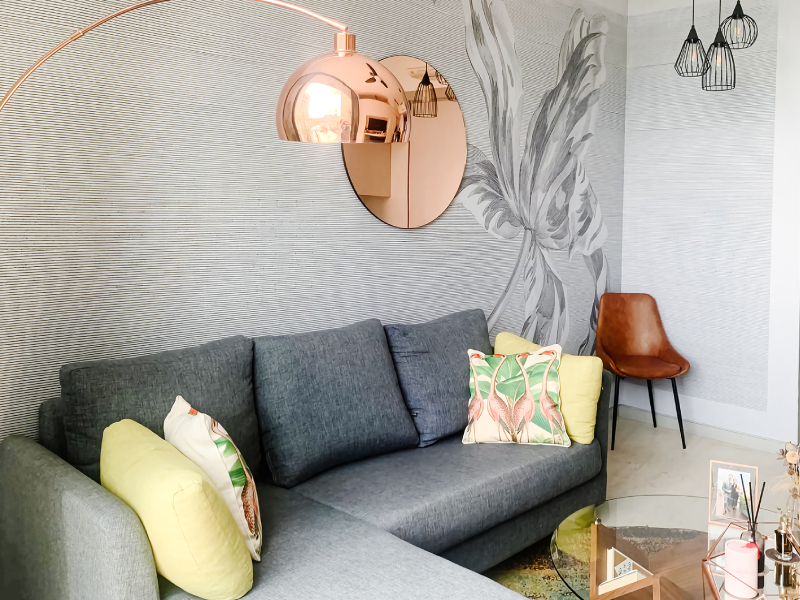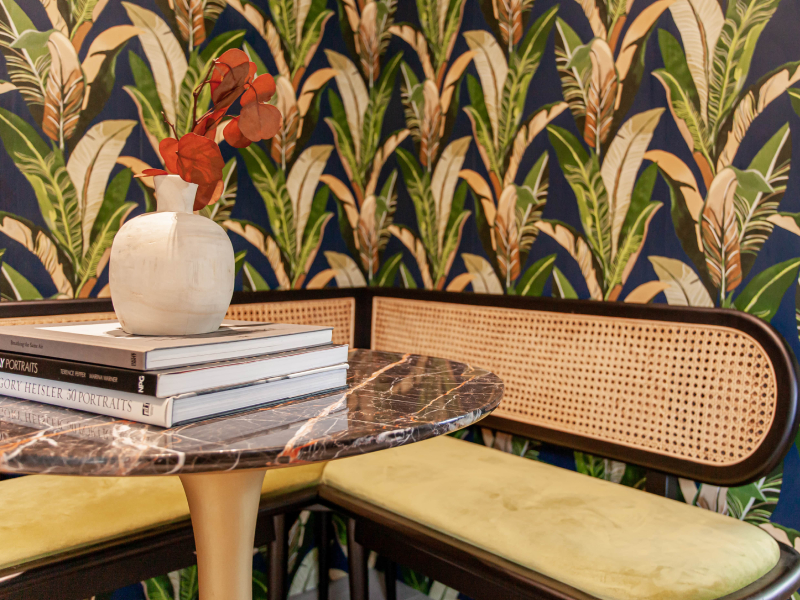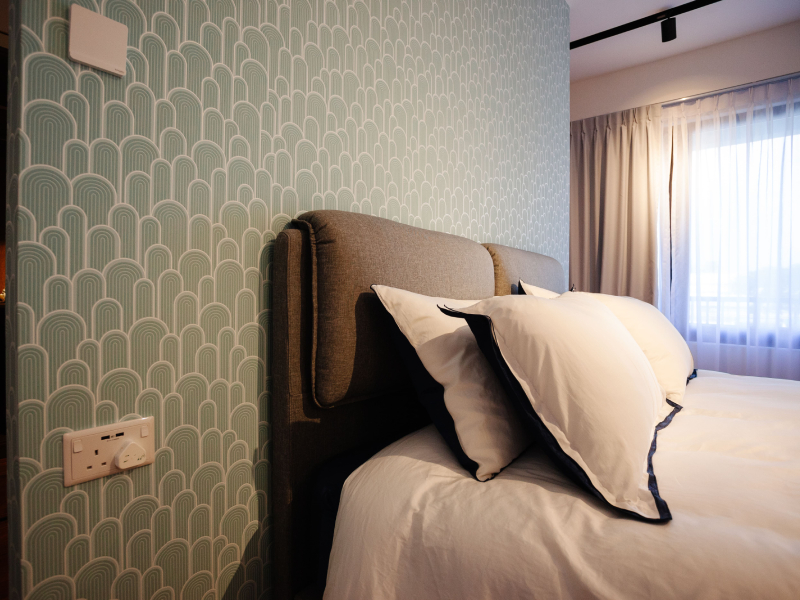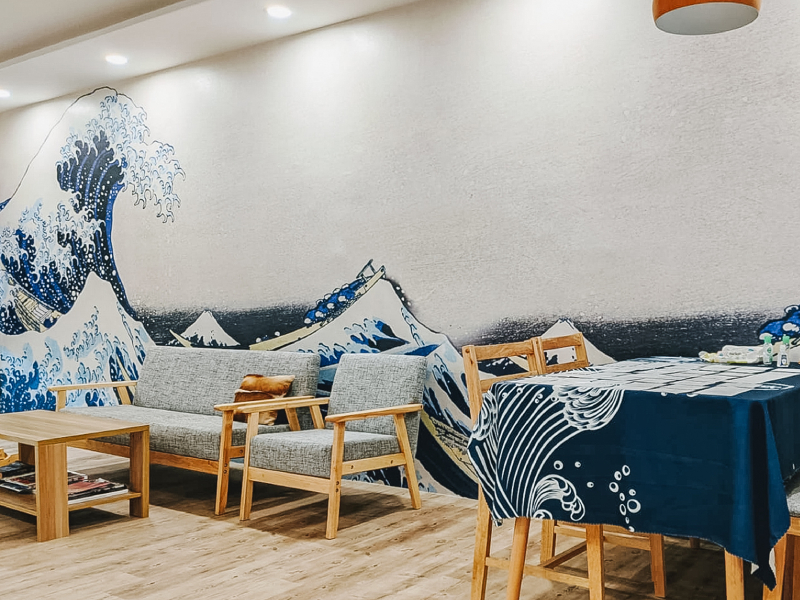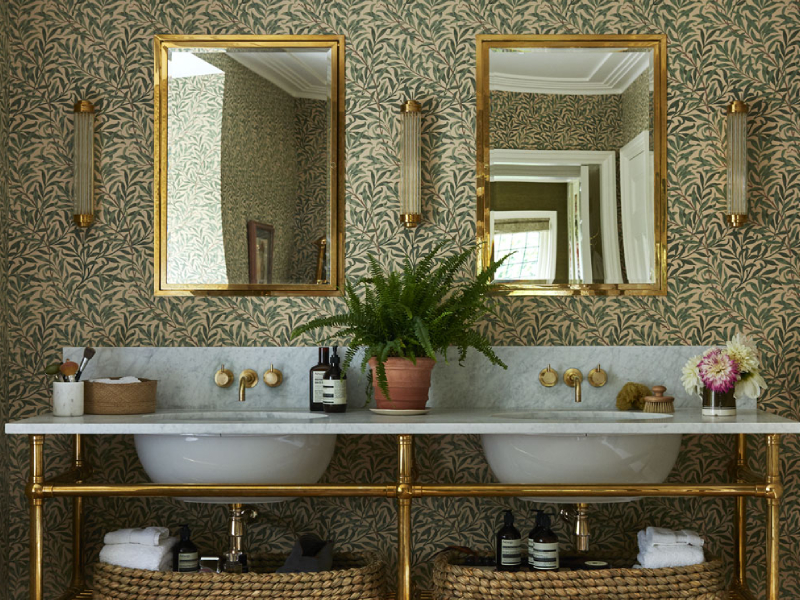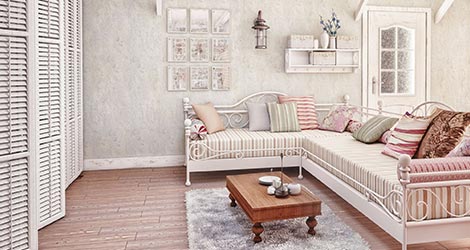Wallpapers are the most accessible and affordable solution for redesigning your home to make it look more exciting and inviting. However, to ensure that your chosen wallpaper enhances your house instead of doing the opposite, it must be installed carefully and professionally. Otherwise, you’re running the risk of seeing hideous creases in it.
Creases are the same as unattractive blisters. They can make your otherwise beautiful wall look unpleasant. As such, you should do your best to eliminate creases in your wallpaper for your home at all costs. Mainly, since you can’t erase creases anymore after they’ve dried, you must see to it that they’re addressed before applying the wallpaper. To help you, we’ve listed five of the most common causes of creases in wallpapers.
1. Carelessness during preparation
Carelessness during the preparation is one of the most common causes of creases. Therefore, the first step to avoiding creases in your wallpaper is to ensure that the whole wall is even, smooth, and free from imperfections before the wallpaper is installed. When using a paste, it’s crucial to remove any blemishes on the surface. Otherwise, they’ll be evident after drying, resulting in unsightly creases.
2. Wrong application method
When applying wallpaper onto a wall, it’s crucial to adopt the proper application method because an erroneous application method can undoubtedly lead to creases. This is usually a situation where the wallpaper is applied either too thinly or too little in quantity. In both scenarios, the wall will not be covered by the wallpaper evenly, causing creases that are often hard to remove without damaging the wallpaper.
3. Wrong wall surface
Depending on the type of surface, unevenness and moisture on the wall can result in obvious creases. This situation must be avoided at all costs, as wallpaper is usually not compatible with any other materials utilised in construction. As such, you should always ensure that there’s no wallpaper on the floor or between the wall and the baseboard below it.
4. Wrong paste
Wallpapers are typically installed using adhesive or paste. A pressure-sensitive adhesive or a paste containing solvent should be avoided because the salt in the paste will make the wallpaper wrinkle and lead to creases after being dried. When using wallpaper paste, remember that conventional paper-based models must be adhered to with water-based paste, while vinyl ones must be applied with an emulsion polymer.
Conclusion
There are many common mistakes to avoid when choosing wallpapers for your home. Mainly, if you’re not being careful enough before and during the application process, creases are most likely to develop in your otherwise attractive wallpaper. To avoid making these mistakes, you may consider contacting professional wallpaper installation services to carry out the job.
For high-quality wallpaper in Singapore, Wallhub is the wallpaper store you can trust! Wallhub is a reputable supplier that offers a comprehensive range of over 10,000 premium wallpaper designs for homes and other establishments. At Wallhub, you can find the wallpaper that exactly fits your preferences and requirements. For inquiries, feel free to contact us today.
